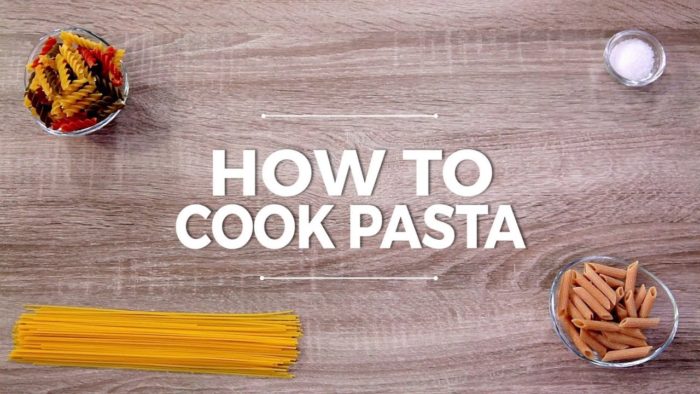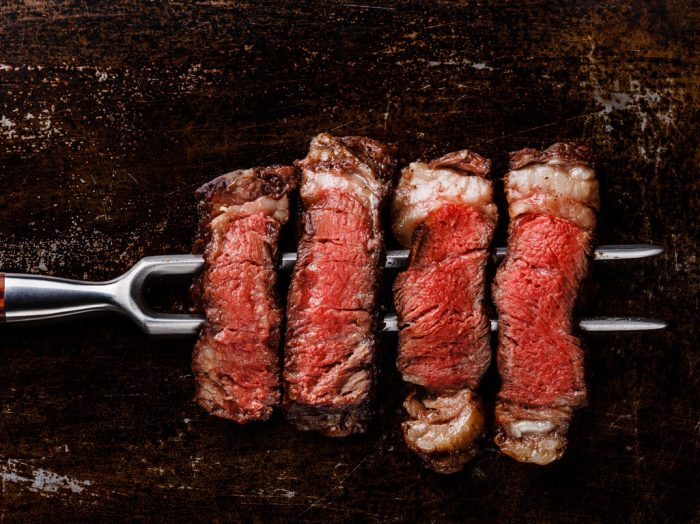When it comes to classical recipes you’ve been cooking since the dawn of time, you don’t overthink anymore, just do. But how about reconsidering that? Here’s how to cook pasta for the best results. Cross-check with your personal method and see if there’s anything missing or can be improved!
Making pasta is such a great option for dinner because there are so many types and so many options, not to mention the opportunity for variety. You can have seafood pasta one night and quattro formaggi another night. Or you can use the pasta to make a pudding or casserole or the old classic mac and cheese. How about cooking sweet pasta, savory pasta, sour pasta? Or making vegetarian dishes or as carnivore as possible? The possibilities are almost endless.
The good news is that the steps on how to cook pasta are very similar for any of the types. You mostly need the same equipment. And perhaps the biggest difference is the cooking time. Because of the different shapes and lengths of the pasta pieces, of course, the timing will be different for each and every one of them. Fresh pasta usually takes way less time to cook.
Whatever type of pasta you might have, there are a lot of similarities in the cooking process. The fact is, it’s a careful balance because the final product should be not too mushy and not too dry. When you eat it, the consistency should turn out in the middle.
How to cook pasta in 11 simple steps
1. Gather your ingredients
You’ll need some pasta – your favorite kind. Or whatever pasta you have in the cupboard. Also, you should pick a large pot for the boiling part, because the pasta needs to have some room to cook properly. If you crowd it in a teensy-weensy pot, it will turn up as a tight ball. And we really don’t want that.
2. Fill the pot with water
Don’t skimp on the H2O! Even if using less water is enticing, because it would shorten the boiling time. Pasta needs room in the pot, but it also needs to be completely submerged in water.
3. Salt the water
Large pots filled with water call for the correct amount of salt for the task. So use a tablespoon of salt, with confidence. Starchy foods have a huge flavor boost thanks to salt!
4. Bring the water to a boil
You should add the pasta when the water is boiling at full speed, not at a simmer. The latter means that your pasta will not cook evenly, and you might have the misfortune to find some raw pieces of pasta in your meal. I shudder at the thought.
5. Add the pasta
Do it when the water is boiling at full force! Don’t use a lid, it’s not the traditional way!
6. Watch the pot and stir
This is not a game. You should stir the pot a few times during the cooking process. And don’t leave it for too long. Otherwise, your pasta will get clumpy. Take special care that the pasta doesn’t stick to the bottom, especially when you first add it.
7. Reduce heat
Reduce the heat slightly on the stovetop.
8. Test the pasta (optional)
Fish out one piece of pasta and see if it’s cooked the way you want it. But first, let it cool off a little, or it will burn you. (This keeps happening to me for some reason. Don’t be like me)
9. Save some starchy water
This can actually help bind your pasta to your sauce, so save a cup of that.
10. Drain
Use a colander to drain your pasta. Be careful with your hands, not to get burned.
11. Mix it with your sauce
Add the sauce to the pasta, toss it, and serve!






